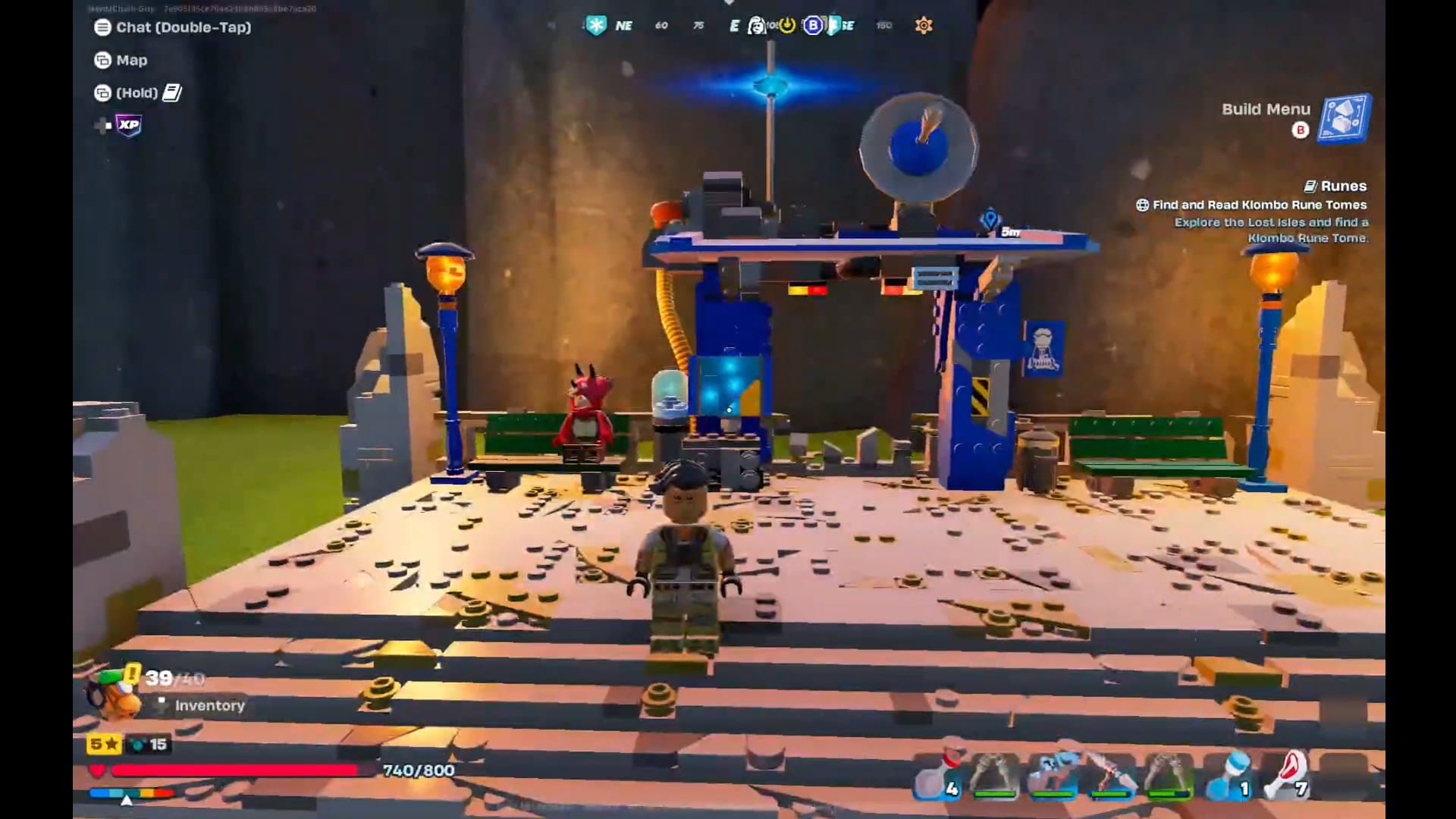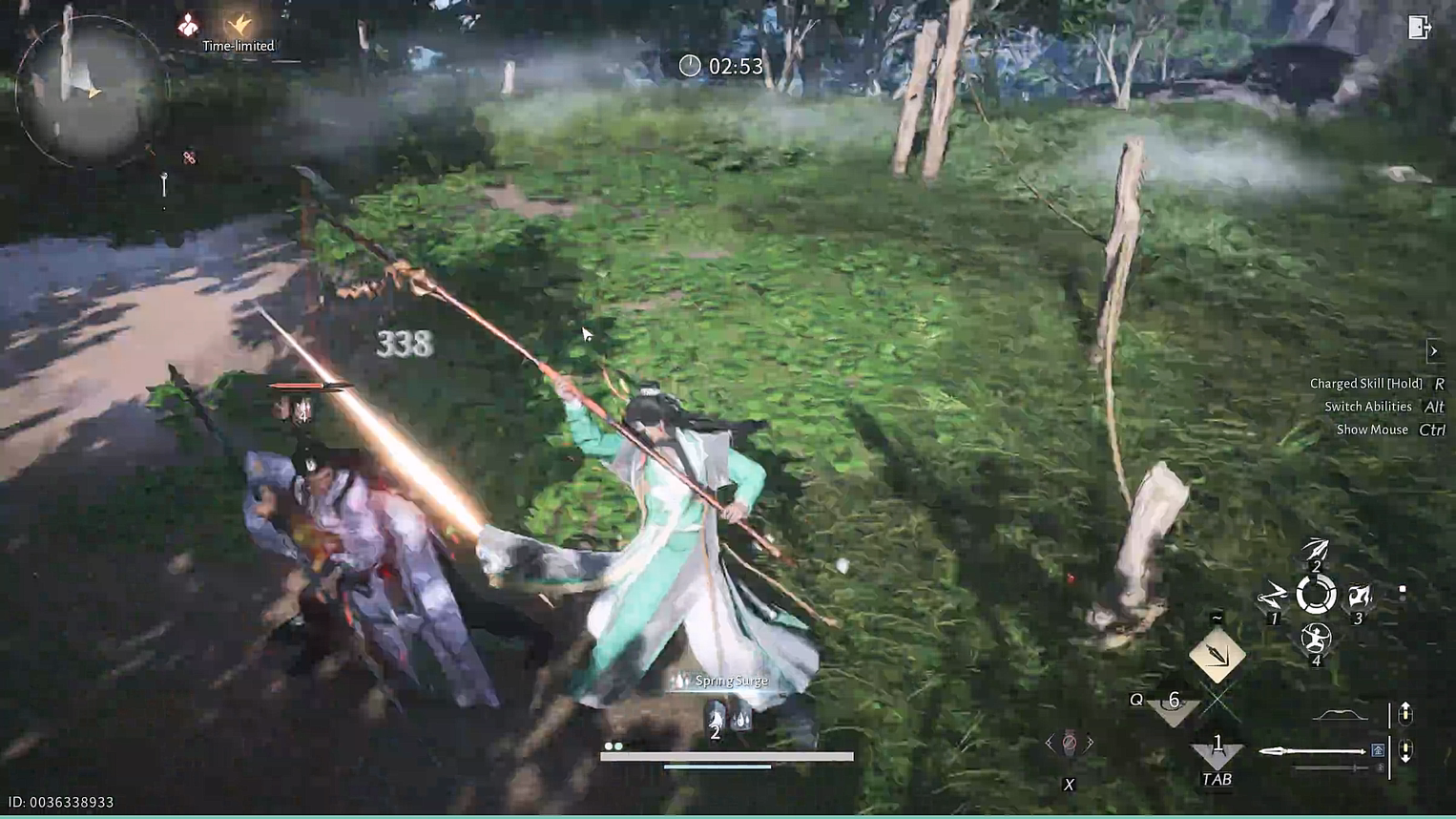If you’ve paid any attention to the cryptocurrency market over the past year or two, you’ve almost certainly heard of altcoins like Ethereum, Cardano, or Tether. These are all interesting blockchains in their own right that promise a variety of unique features for their users beyond that of a simple ledger for a virtual, decentralized currency. But, however unique they may be, they all face a few similar hurdles that many point to as the perennial stumbling blocks between current blockchain technology and a future where Internet monopolies are a thing of the past and the web is completely decentralized.
One blockchain that you may have seen on crypto-charts but probably know too little about it is Polkadot, a third-generation blockchain that positions itself as the one blockchain to rule them all.
What Is Polkadot?

While many blockchains boast of the unique features and specific use-cases they lend themselves to, Polkadot instead promises a whole space for further innovation and integration between separate blockchains, giving them the ability to work together as a cohesive whole greater than the sum of its parts. Where bitcoin serves only as a public ledger of transactions made using the currency and Ethereum and Cardano operate as smart contract-based platforms for users to implement decentralized apps, Polkadot is a blockchain protocol that interweaves multiple specialized blockchains together, allowing them to share and exchange information.
For example, the way you can integrate your Health app can talk to MyFitnessPal and whatever running app you use so data is automatically shared to be processed in different ways within each app, Polkadot would allow data to be seamlessly exchanged between different specialized blockchains for use for their own unique purposes — and without any third parties.
This cross-chain interoperability is what has earned Polkadot the nickname, “the internet of Blockchains” and stands as its standout feature. The current landscape of blockchain is a fragmented one, with numerous Blockchains operating independently of one another and outsiders, perhaps erroneously, viewing it as a purely competitive paradigm. Polkadot would function as a completely decentralized and trustless environment for these different blockchains to unify their operations, greatly expanding the capabilities of every individual network.
For example, smart contracts could be written on Ethereum presiding over Bitcoin payments, facilitating the payment automatically without any need for users to swap their tokens beforehand. The possibilities are, in reality, many orders of magnitude beyond that, considering the quickly-proliferating number of use-cases emerging from blockchain, but it illustrates one simple way it can be used right now.
Why It’s More Than Just a Crypto

The brainchild of Ethereum co-founder, Dr. Gavin Wood, Polkadot looks to achieve two overarching goals: The first is the aforementioned integration of multiple, independently operating blockchains into a shared environment, and the other, by extension, is to push the overall blockchain industry forward. By working to achieve the first goal, Polkadot makes strides towards the other; one of the current hurdles facing blockchain is the immense proliferation of altcoins in the wake of Bitcoin’s rise, each with its own blockchain.
While this is certainly an indicator of growth and increasingly mainstream interest in the emerging technology: after a point, this becomes an obstacle to further progress as the individual chains compete for a finite amount of computing power. While second and third-generation blockchains like Ethereum 2.0 and Cardano rely on less power-hungry security protocols like Proof of Stake as opposed to bitcoins incredibly expensive Proof of Work protocol, they all compete for the participation of individual nodes to fuel their decentralized networks.

In more specific terms, the way Polkadot accomplishes its goal of cross-chain inter-operability is through three key components. First is the Relay Chain, Polkadot’s core layer. This is the umbrella whose shade is shared by all the blockchain’s operating underneath it.
The second is Polkadot’s “Parachains,” similar to the broader concept of sharding, in which independently-run blockchains attach to the overarching relay chain, providing verified information and contributing computer power to the “umbrella” (the Relay Chain). Third, are Bridges that serve as connectors between parachains, allowing them to exchange information.
Scalability

Altogether, Polkadot is designed to switch the current competitive dynamic between blockchains to a cooperative one in which specialized blockchains can leverage each other’s unique features to help build better products overall. The way I can embed a YouTube video right here into WordPress by simply placing the link into the text editor makes it easier for me to produce high-quality articles for you, the reader.
Polkadot plans to make it possible for blockchains to effortlessly work off of each other’s strengths rather than be forced to build everything from scratch. Because, there is no reason to view Cardano as “the Ethereum Killer” when many sound blockchains can work together and differentiate themselves in a shared industry, lifting all boats in a rising tide.
Flexibility

Another fundamental advantage Polkadot aims to provide is the eradication of what is known as a ” Hard Fork” – the practice of bisecting s blockchain’s transactional history in two in order to implement a major update to the blockchain. Hard Forks are often required because you can’t so much as “update” a Blockchain as you can create a brand new one with improved features that uses the transactional history of the previous blockchain.
This can split a blockchain community into two separate entities, is extremely labor-intensive, and generally the only way to make significant improvements to a conventional blockchain’s infrastructure. This serves as an impediment to the progress of blockchain in general, and something Polkadot aims to solve.
Accessibility

To help promote further innovation and tear down obstacles within the blockchain industry, Polkadot has its own development framework called Substrate designed to aid developers in the construction of their own custom blockchain projects. Using Substrate, developers can create their own blockchain in a matter of minutes and connect it to the Relay Chain, immediately gaining access to the security pool the Polkadot network offers its parachains. This eases barriers to entry, promoting inventiveness and fueling the pace of progress for the industry as a whole.
Indeed it is exactly this spirit of innovation and benevolence for everything blockchain that makes Polkadot a positive influence for decentralized technology of all shapes and sizes, and why so many believe in the project on a philosophical level rather than viewing it as merely another speculative opportunity to make some quick profit.
What do you make of Polkadot? Is it the one blockchain to rule them all, the one blockchain to find them, and in decentralized unity bind them? Let us know down below!













Discussion